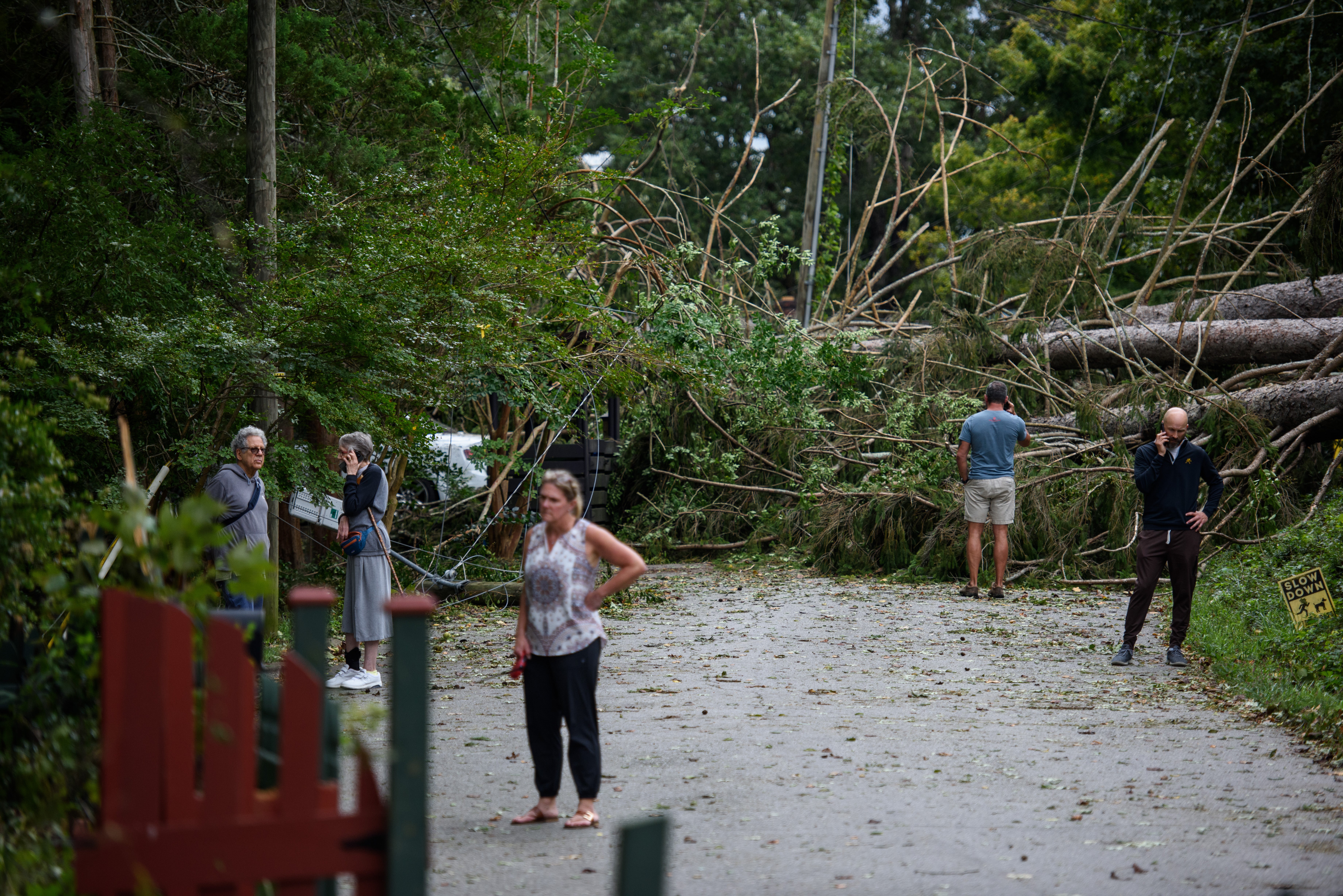ARTICLE AD BOX
Following hundreds of layoffs ahead of the upcoming hurricane season, the National Oceanic and Atmospheric Administration and its National Weather Service are now reportedly scrambling to hire more employees.
The NWS is hoping to fill 155 positions across the U.S., according to CNN. The network said the agency is offering reassignment opportunities for qualified NOAA employees who are currently working elsewhere, citing an agency-wide email and an anonymous NOAA employee.
The agency acknowledged that “urgent action is needed to sustain mission-critical operations,” according to a separate report from The Washington Post. The paper, also citing notices sent to employees, said the NWS is offering to even pay moving expenses.
"We don't discuss internal personnel or management details, but NWS is filling a number of vacancies. NWS remains adequately staffed to meet its missions around the clock,” the NOAA told The Independent in a statement.
"NWS is prepared to meet the rigorous demands of hurricane season and will continue to prioritize the safety and security of the American people.”
Dr. Andrew Hazelton, a former Hurricane Hunter who lost his job earlier in the layoffs, told The Independent on Wednesday that it’s good that they’re recognizing the importance of having offices fully staffed, but that transferring people from one place to another is going to cause shortages.

“Hopefully, we’ll see some actual hires that allow the numbers to get back up to a good place,” he said.
The layoffs impacted approximately 250 NWS employees, according to a letter shared with The Independent from former heads of the NWS. Furthermore, 300 employees left the public service. Experts have said that cuts will risk American lives down the line.
The former heads explained that staff would have an “impossible task to continue its current level of services.”
“That leaves the nation’s official weather forecasting entity at a significant deficit – down more than 10 percent of its staffing – just as we head into the busiest time for severe storm predictions like tornadoes and hurricanes,” they said.
The upcoming hurricane season, which runs from June through November, is expected to be active, and there is evidence that the cyclones are coming faster and earlier due to climate change.
However, the administration has turned away from acknowledging the realities of climate change. Although many of NOAA’s climate pages are still online, the federal agency recently announced it is retiring a tool to track the nation’s billion-dollar weather and climate disasters.
NOAA said there would be no updates beyond calendar year 2024, and that past reports would remain archived.

The product helps to provide an economic look at the climate crisis in the U.S. for those more monetarily minded. It tallies overall damages and costs that reach or exceed $1 billion, of which there were 27 last year. That count includes drought and flooding evenings, severe weather and hurricanes, and wildfires and winter storms. It also includes a death toll and helps highlight specific events throughout the year.
People can use it to look at risk and vulnerability at a county level across the U.S., trends over decades since 1980, maps, stats, and summaries of each incorporated disaster.
But discontinuing it is “in alignment with evolving priorities, statutory mandates, and staffing changes,” NOAA wrote.
Climate change is making extreme weather events more frequent and severe, with the number of billion-dollar disasters increasing significantly over the past decades. Recent record-breaking flooding in the Midwest and South was made 9 percent more intense by climate change, according to the group World Weather Attribution.
California Senator Adam Schiff decried the move, saying it “undermines transparency.”
“The elimination of this database undermines transparency and will severely hinder the ability of policymakers, companies, researchers, and taxpayers to track the impacts of natural disasters and plan and model for future extreme weather events. For example, researchers who rely on NOAA data for climate risk financial modeling will no longer be able to extend damage trend analyses,” he said.

.png?trim=0,0,0,0&width=1200&height=800&crop=1200:800)







 English (US) ·
English (US) ·